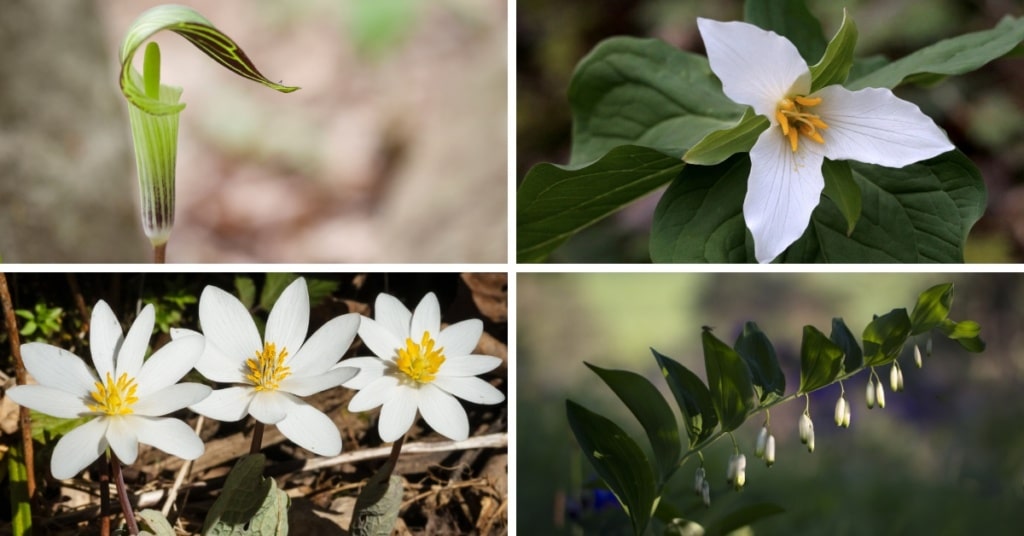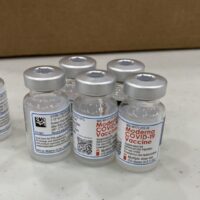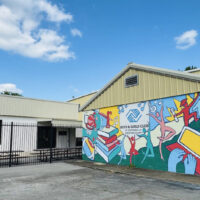My husband would tell you that I have a book problem. I think of it as book love. They are everywhere in our house. And despite my best effort to weed out dozens of titles that needed new caretakers when we were sprucing up the house for the 2017 solar eclipse and all the guests we were expecting, I still own a ton of books. I get attached to them, even if I don’t open their pages for years. We have a history.

I pulled out one this weekend that validates my attachments. It’s one that I’ve had just about longer than any other: “Spring Wildflowers of Land Between the Lakes,” a paperback field guide produced in 1971 by Austin Peay State University’s Biology Department.
If you had been a student of science teacher Nancy McGuire in the 1970s, you probably also had this book. Mrs. McGuire, likely still regarded as one of the best teachers ever by almost every one of her students, made the study of wildflowers a major topic in her middle and high school classes.
Recently, a former classmate of mine posted something on Facebook that stirred a discussion of Mrs. McGuire and the way she often had students tromping around University Heights Academy’s little woods to identify jack-in-the-pulpit, Solomon’s seal and trilliums. My favorite wildflower was bloodroot, which is named for the sap it produces. We were taught that Native Americans and early European settlers used the bloodroot for a natural dye.
Have you heard of Dutchman’s breeches? What about goat’s beard and sweetpea?

Maybe not if you didn’t have a teacher as memorable as Mrs. McGuire. For me she comes to mind every spring because of those wildflower lessons at our school and during field trips to LBL. I was in her classes nearly 50 years ago.
This spring of 2021 holds other promises — mainly our launch from a long period of pandemic restrictions. I hope this is so.
- SUBSCRIBE: Sign up for Hoptown Chronicle’s newsletters
I feel like this year I should carry the old wildflower field guide out of the house for the first time in decades and see what I can find at Jeffers Bend or LBL that matches the photos in the book and in my memory.
Now seems like a good time to search for blooms with old-fashioned names. They’ve been there all along. I just haven’t taken the time to search for them.
The Friends of LBL sell field guides for wildflowers and other topics online. And here’s a U.S. Forest Service webpage about good wildflower-viewing areas in LBL.
Jennifer P. Brown is co-founder, publisher and editor of Hoptown Chronicle. You can reach her at editor@hoptownchronicle.org. She spent 30 years as a reporter and editor at the Kentucky New Era. She is a co-chair of the national advisory board to the Institute for Rural Journalism and Community Issues, governing board president for the Kentucky Historical Society, and co-founder of the Kentucky Open Government Coalition.


